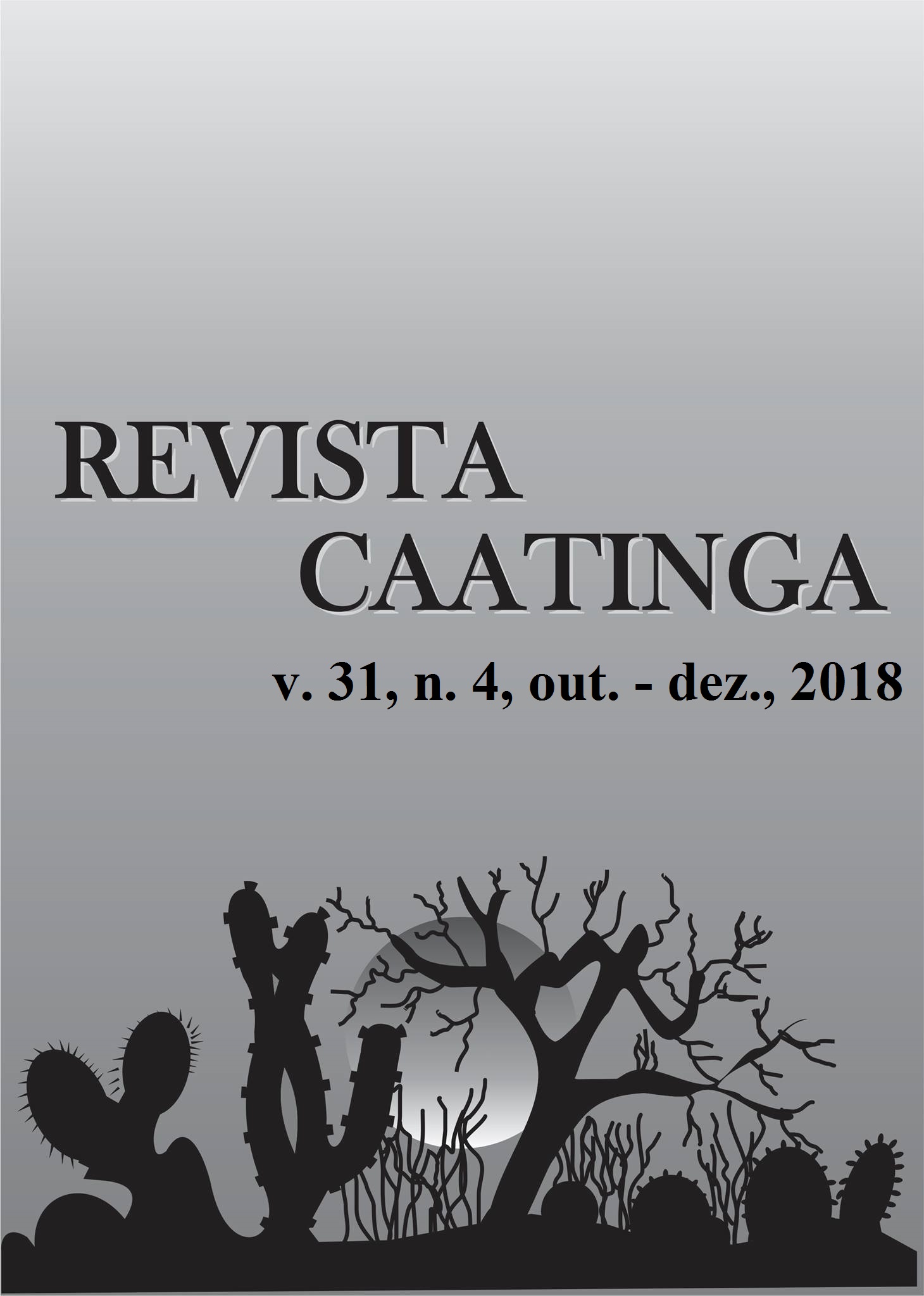GENESIS AND CHARACTERISTICS OF SOILS OF THE SANTANAMOUNTAIN RANGE IN THE SERIDÓ REGION, RIO GRANDE DO NORTE, BRAZIL
DOI:
https://doi.org/10.1590/1983-21252018v31n425rcKeywords:
Desilication. Pedogenic processes. Sedimentary rocks.Abstract
Rio Grande do Norte has mountain formations with edaphoclimatic conditions different from those predominating in the state, presenting deeper,acid soils, and milder climate. Among these formations, is the Santana mountain range, which is part of the Serra do Martins Formation. The objective of this work was to interpret the pedogenesis of the representative soils of the Santana mountain range through morphological, physical, and chemical characterizations of soil profiles and evaluate the effect of these attributes on the distribution of pedological forms along the landscape using multivariate analysis. Morphological, physical, and chemical analyses of seven soil profiles of the Santana mountain range were performed. The soils were classified according to the Brazilian Soil Classification System and the data subjected to multivariate analysis. The representative soil classes found were: LATOSSOLO AMARELO Distrófico argissólico; LATOSSOLO AMARELO Eutrófico argissólico; NEOSSOLO QUARTZARÊNICO Órtico típico; NEOSSOLO LITÓLICO Eutrófico fragmentário; NEOSSOLO REGOLÍTICO Eutrófico típico and CAMBISSOLO HÁPLICO Tb Eutrófico léptico. According to the analysis of the morphological attributes, the parent material had great influence on the formation of the different soil classes found in the Santana mountain range. The soil textural classes varied from sand to sandy clay loam. According to the analysis of the chemical attributes, the soil profiles presented acid reaction, great variation of base saturation, and low electrical conductivity. The multivariate analysis established groups of representative soil profiles of the Santana mountain range through the distinction of their physical and chemical attributes, mainly of subsurface diagnostic horizons.
Downloads
Downloads
Published
Issue
Section
License
Os Autores que publicam na Revista Caatinga concordam com os seguintes termos:
a) Os Autores mantêm os direitos autorais e concedem à revista o direito de primeira publicação, com o trabalho simultaneamente licenciado sob a Licença Creative Commons do tipo atribuição CC-BY, para todo o conteúdo do periódico, exceto onde estiver identificado, que permite o compartilhamento do trabalho com reconhecimento da autoria e publicação inicial nesta revista, sem fins comerciais.
b) Os Autores têm autorização para distribuição não-exclusiva da versão do trabalho publicada nesta revista (ex.: publicar em repositório institucional ou como capítulo de livro), com reconhecimento de autoria e publicação inicial nesta revista.
c) Os Autores têm permissão e são estimulados a publicar e distribuir seu trabalho online (ex.: em repositórios institucionais ou na sua página pessoal) a qualquer ponto antes ou durante o processo editorial, já que isso pode gerar alterações produtivas, bem como aumentar o impacto e a citação do trabalho publicado (Veja O Efeito do Acesso Livre).







